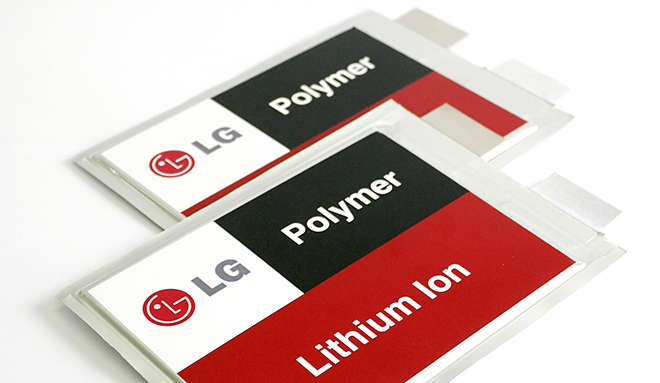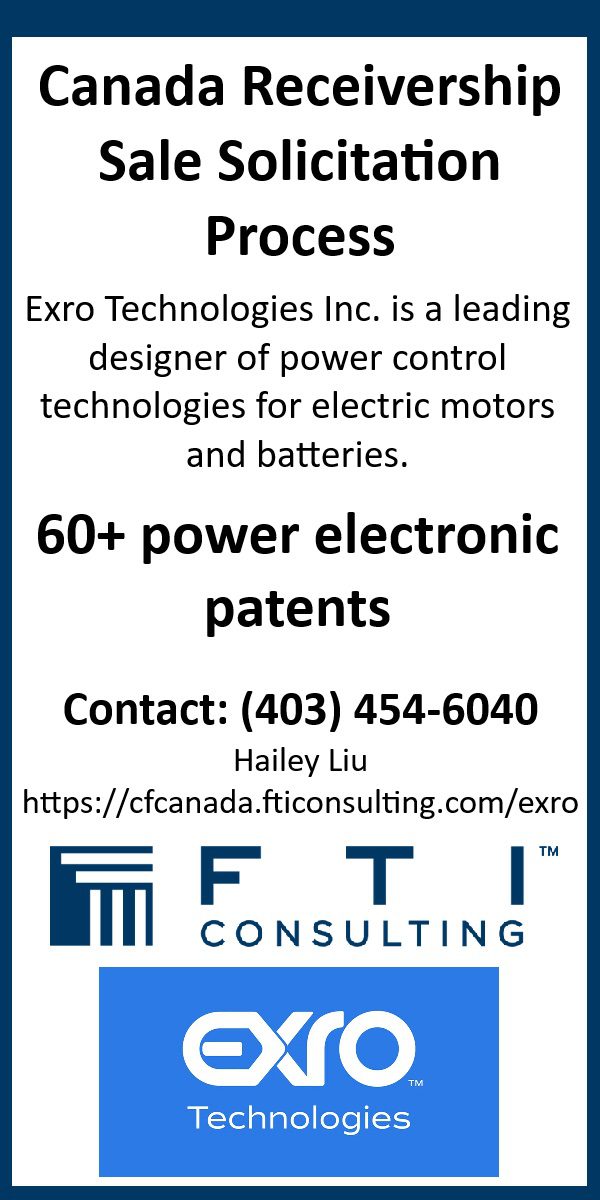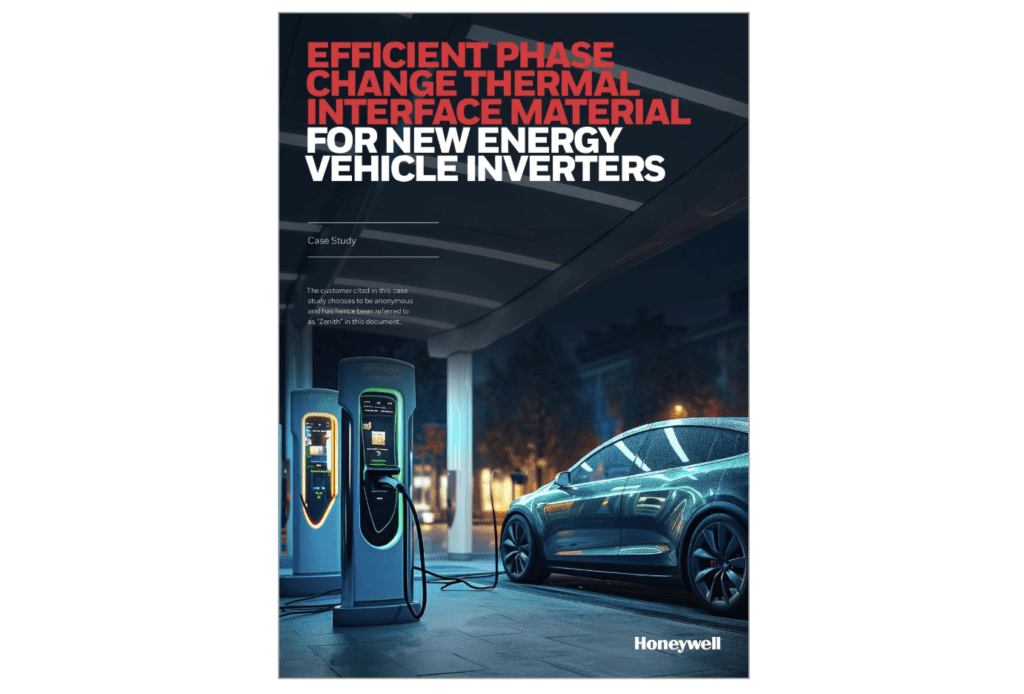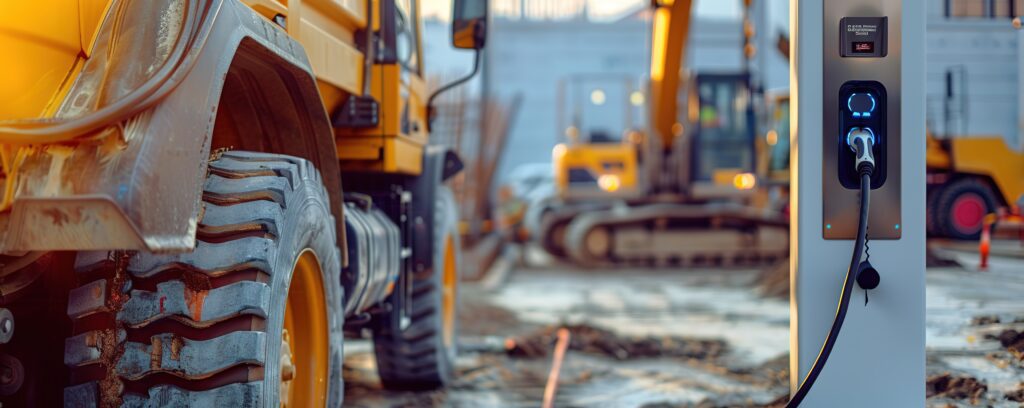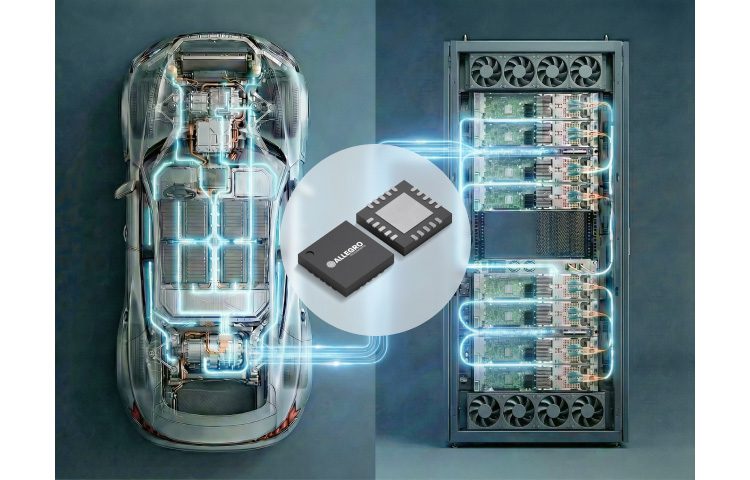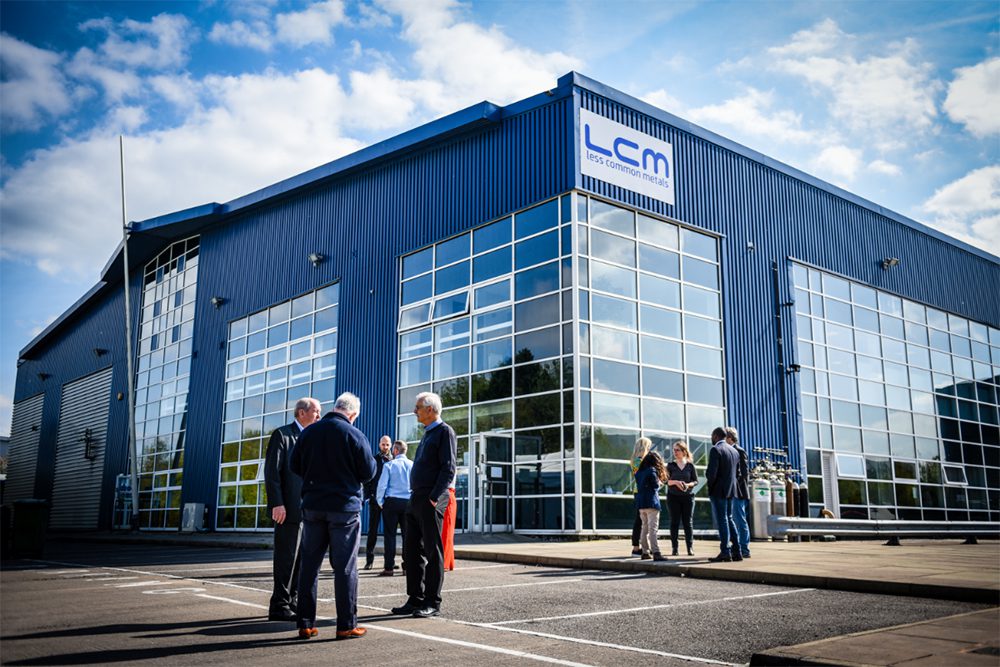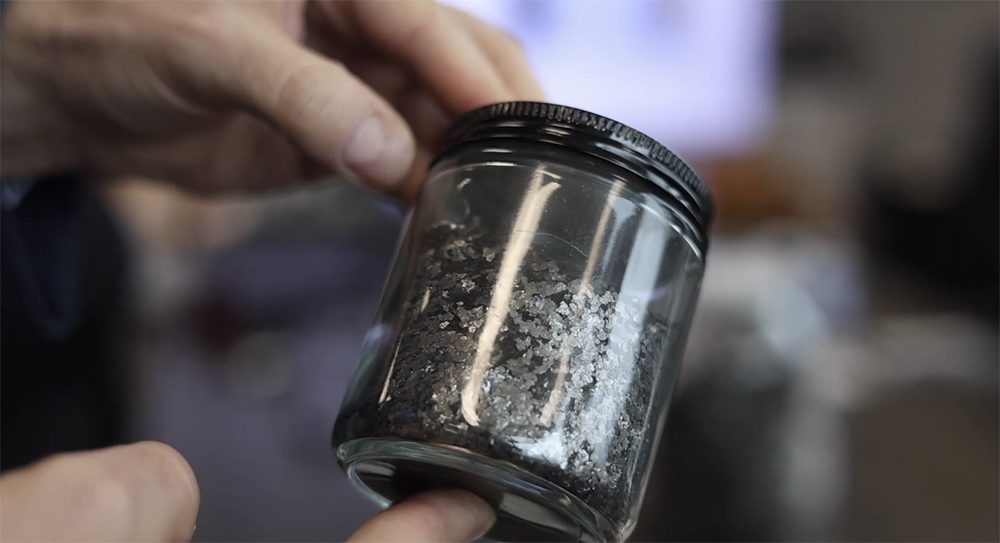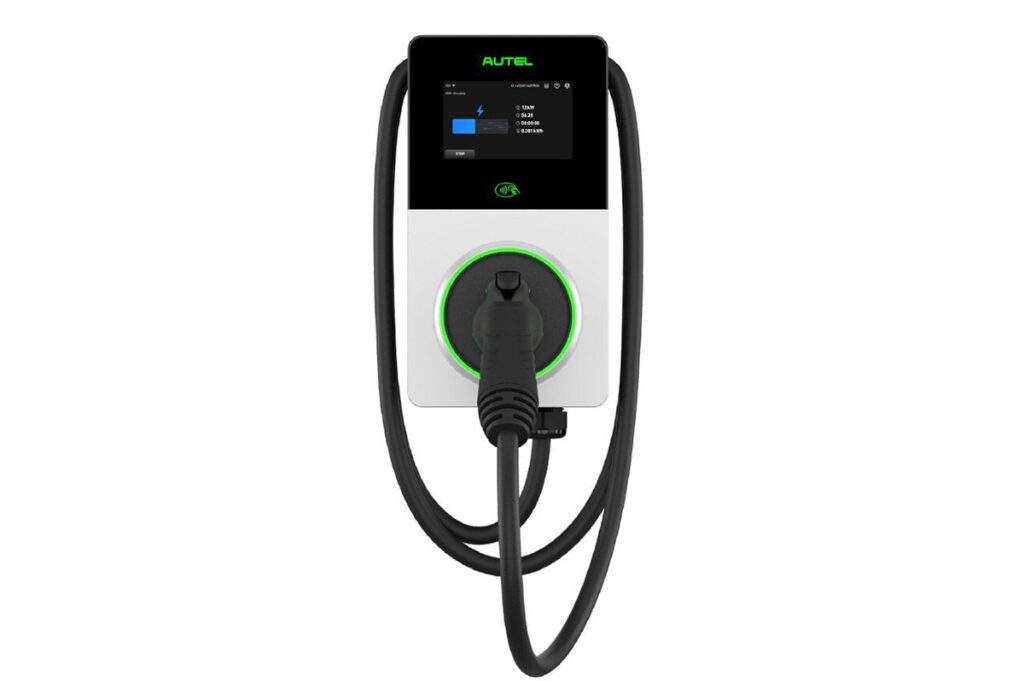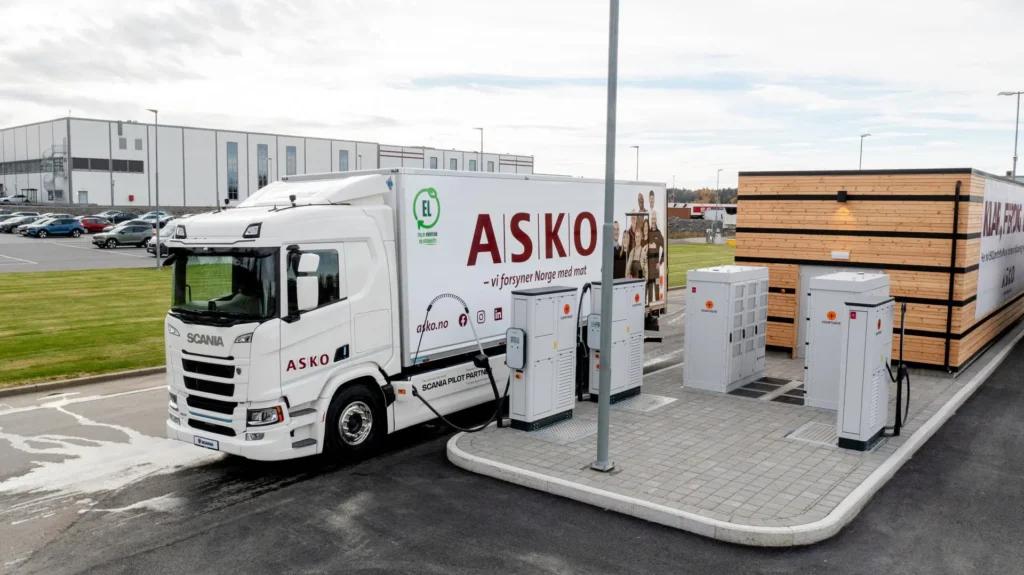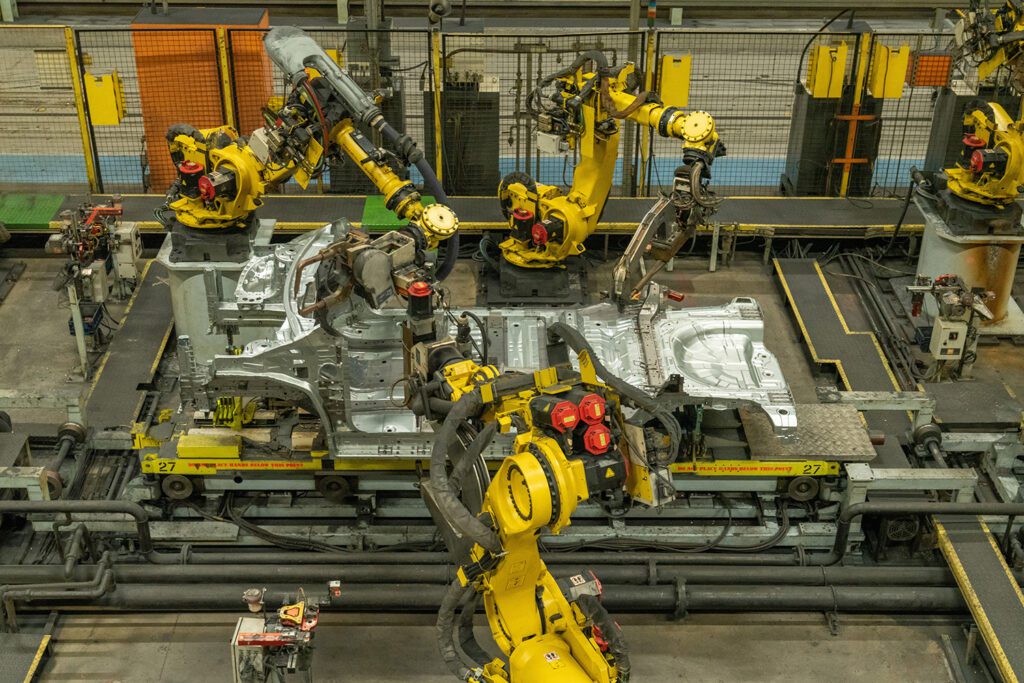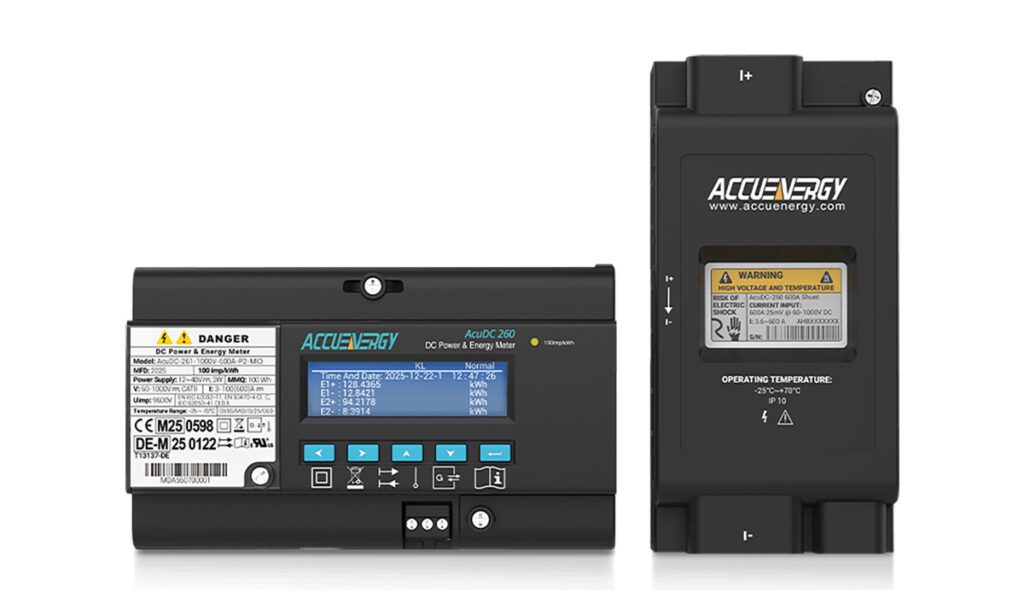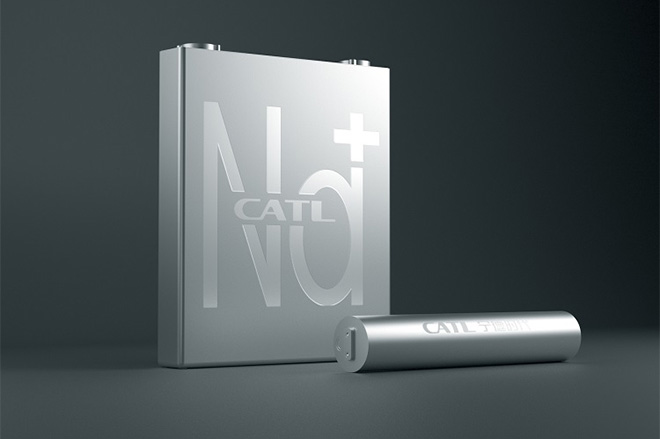A joint venture between battery-builder LG Energy Solution and automaker Stellantis will invest more than $5 billion Canadian ($4.1 billion US) to build an EV battery manufacturing plant in Windsor, Ontario, just across from Detroit.
The battery facility will have an annual production capacity of 45 GWh, which will supply Stellantis plants in the North American market, and is expected to employ around 2,500 people. Construction is scheduled to begin later this year, and production is to start in the first quarter of 2024. The facility will be fully operational by 2025.
The development of the plant has enjoyed strong support from the municipal, provincial and federal governments. “Through our Driving Prosperity auto plan, strategic investments across our integrated supply chains, and by reducing the cost of doing business in Ontario by nearly $7 billion annually, our government is staking Ontario’s claim as a leader in the emerging North American EV battery industry,” said Vic Fedeli, Minister of Economic Development, Job Creation and Trade.
“Attracting this multi-billion-dollar investment will secure Ontario’s place as a North American hub for building the cars and batteries of the future,” said Ontario Premier Doug Ford. “We’re also connecting resources, industries and workers in northern Ontario with the manufacturing might of southern Ontario to build up home-grown supply chains. Every region of Ontario will benefit with thousands of jobs being created.”
Ford is a recent convert to electrification, to say the least. In 2018, his government cancelled Ontario’s EV rebate program, and scrapped a cap-and-trade alliance with Quebec and California. In 2019, he had EV chargers removed from transit lots, and cancelled other green energy projects. These days he’s a champion of EVs and the jobs they support, and has made it pretty clear that his polarity reversal has to do with an election that’s coming up in June.
“Our joint venture with LG Energy Solution is yet another stepping stone to achieving our aggressive electrification roadmap in the region aimed at hitting 50 percent of battery-electric vehicle sales in the US and Canada by the end of the decade,” said Stellantis CEO Carlos Tavares. Mr. Tavares has also been an outspoken EV skeptic, even as his company has been taking a number of steps to prepare for electrification. Last December, he told Reuters that the costs of the transition to EVs would be “beyond the limits” of what the auto industry can sustain. Some parsed his comments as a thinly-veiled appeal for government subsidies, and policymakers in Ontario seem to have gotten the message.
“We are grateful to the municipal, provincial and federal levels of government for their support and commitment to help position Canada as a North American leader in the production of electric vehicle batteries,” said Tavares.
“LG Energy Solution, together with Stellantis and the Canadian and Ontario governments, are confident they will set a solid foundation in setting up a battery value-chain in the region, speeding up the green energy transition,” said Youngsoo Kwon, CEO of LG Energy Solution. “Through this joint venture, LG Energy Solution will be able to position itself as a critical player in building green energy value chains in the region.”
Source: Ontario Ministry of Economic Development, Job Development and Trade




